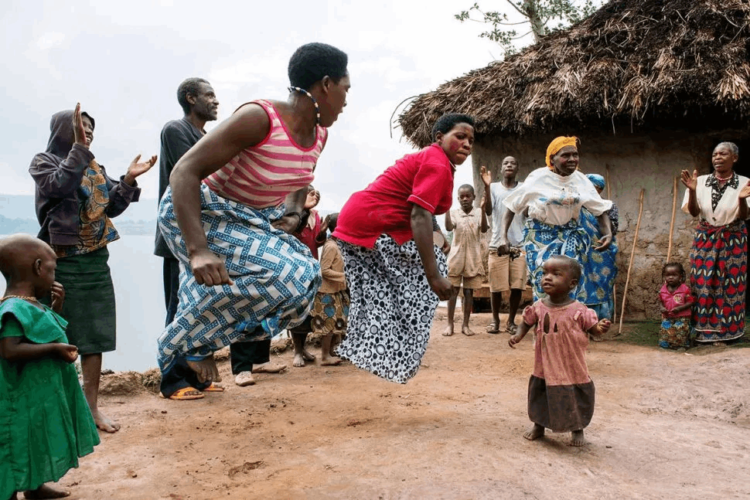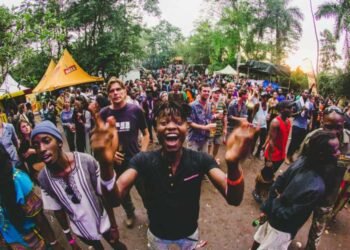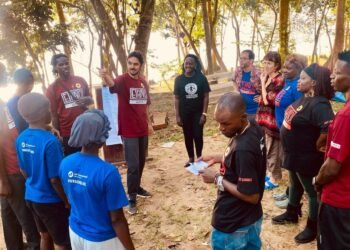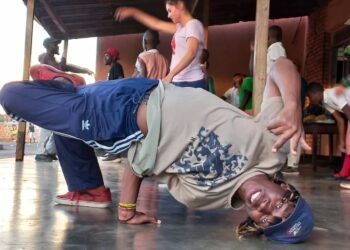In the highlands of southwestern Uganda, long after the sun dips below the hills and the stars begin to glimmer, drums begin to beat , slow, steady, and purposeful. The villagers gather. And then, like a spark catching flame, the stomping begins. This is Ekizino the traditional dance of the Bakiga people, a cultural treasure that has defied time.
Historically, Ekizino was more than just a dance; it was a courtship ritual. During large gatherings or harvest festivals, young men and women would showcase their strength, grace, and rhythm through this vibrant performance. The pounding of feet against earth was a symbol of readiness, of energy, and of pride.
Despite Uganda’s rapid modernization, especially in urban centers, the Bakiga have held fast to this ancestral tradition. In the districts of Kabale, Kisoro, and Rubanda, Ekizino remains central to cultural ceremonies. It is danced during traditional weddings (obugyenyi), community feasts, and even school functions.
In urban areas like Kampala, where many Bakiga youth have moved for education and work, cultural organizations have sprung up to keep traditions alive. Groups such as “Bakiga Nation” organize annual events where Ekizino is performed competitively, blending tradition with modern influence.
Teachers in primary and secondary schools across Kigezi sub-region also ensure Ekizino is taught in cultural clubs. It is now part of Uganda’s National Schools Music, Dance and Drama Festival under the traditional category ensuring its survival for generations to come.
The survival of Ekizino is not just about preserving a dance. It is about preserving a worldview where movement is expression, music is language, and heritage is not hidden in textbooks, but lived in rhythm.
In a country where many traditional customs are fading under the weight of modern life, the Bakiga continue to stomp their feet and clap their hands in pride as they pass on the heartbeat from one generation to the next.


























